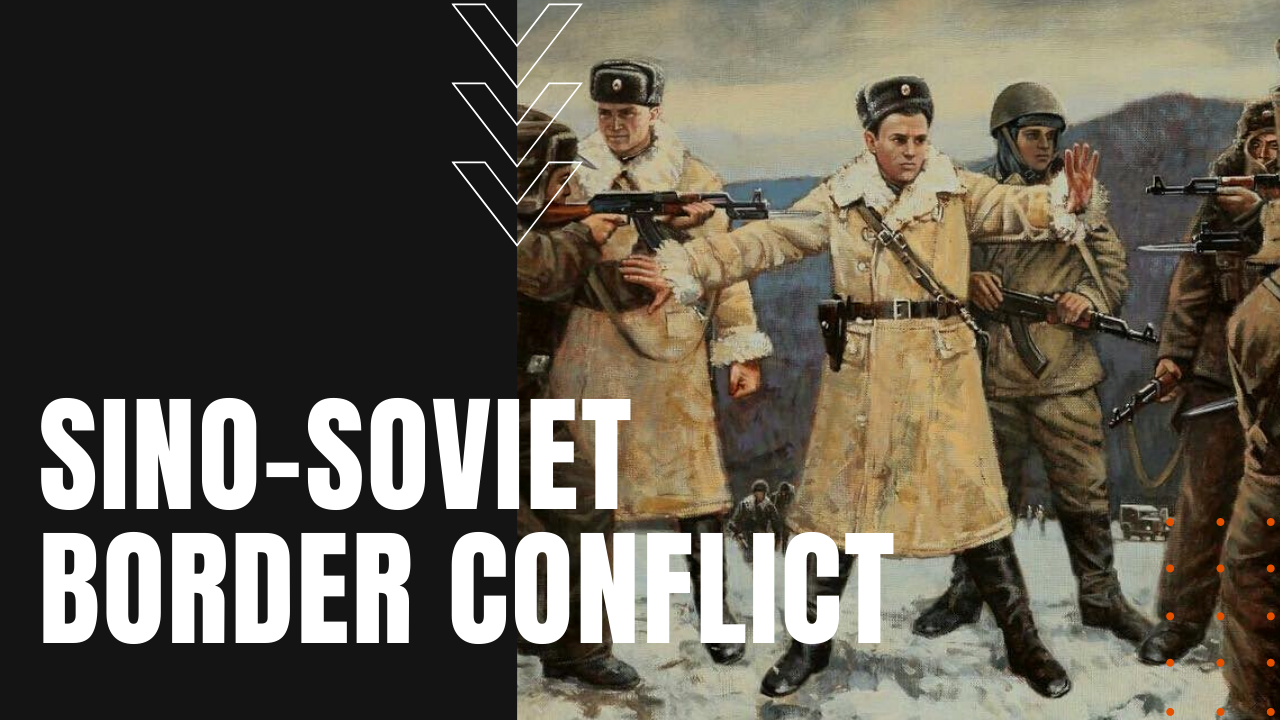Sino-Soviet Border Conflict of 1969

Nineteen years after Chinese soldiers and airmen sprang a winter surprise on U.S. and allied forces in the Korean War, China stood up to the world’s second superpower from March the 2nd, 1969 until September 11th of that same year.
Siberian Border Conflict
Troop buildups and skirmishes erupted sporadically over a disputed border along the frozen Ussuri River in Siberia, prompting Chairman Mao to proclaim in the People’s Daily Newspaper that the Russians were attempting to create an “anti-China ring of encirclement.”
In a compounding sequence of actions and reactions, both sides amassed a large military presence along the disputed border, which peaked at 658,000 Soviet soldiers against 814,000 lesser-trained combatants on the Chinese side. Mao threatened the Soviets with a massive “People’s War,” while years later, high-ranking Russian defector, Arkady Shevchenko, reported that the Soviet Supreme Leader Leonid Brezhnev and the Politburo were terrified about a “nightmare vision of invasion by millions of Chinese.”
Sino-Soviet Nuclear War
The undeclared border war started in March when a group of People’s Liberation Army soldiers ambushed Soviet border guards on Zhenbao Island, causing the loss of 248 Chinese soldiers, as well as 58 deaths on the Soviet side. Sporadic engagements would take place over the next six months until an edgy peace was established through diplomatic negotiations, but the real threat of the Sino-Soviet Border War was just how close it came to a nuclear tragedy.
While the Soviets at the time had a nuclear arsenal of some 10,000 warheads, China had but a handful of nuclear warheads only, minus any form of delivery vehicle, which effectively made them a non-nuclear power. As late as November of 1968, Mao himself admitted that China could not be counted as a nuclear country, leaving them no other option but to fight a war with conventional weapons.
Soviet military leaders, on the other hand, believed that a preemptive nuclear strike was the only way to end China’s growing threat, obliging the Soviet Union to go so far as to approach the Nixon administration to gauge how the U.S. would react if the Soviets aimed their missiles at Beijing and other strategic targets.
As then U.S. national security advisor Henry Kissinger later reflected,
“The Soviet Union was much closer to a preemptive (nuclear) attack than we realized”
Henry Kissinger
The Soviet Union stood down from their planned nuclear offensive, only after Washington warned Moscow that they would not stand idly by if the Soviets chose a nuclear option. While the situation cooled by September of 1969, the ongoing border dispute would not see a lasting resolution until a series of border agreements were penned as late as 2004, giving China several hundred disputed islands along three rivers in a largely unproductive yet vital waterway in Siberia.
